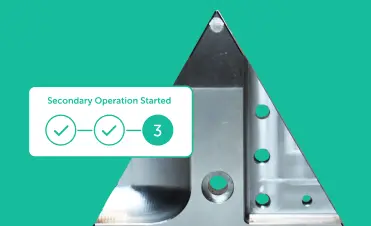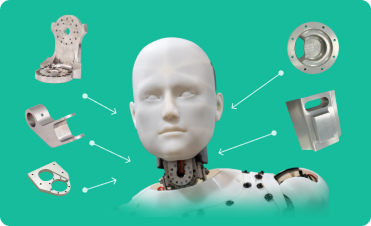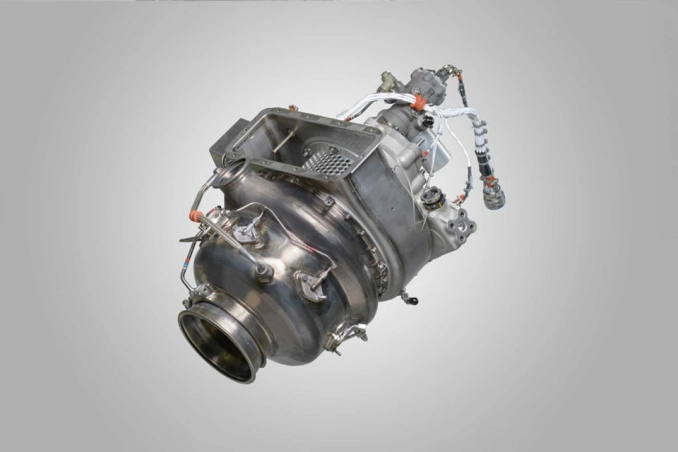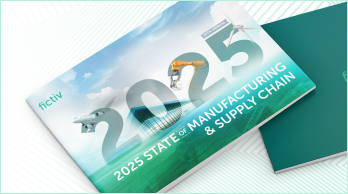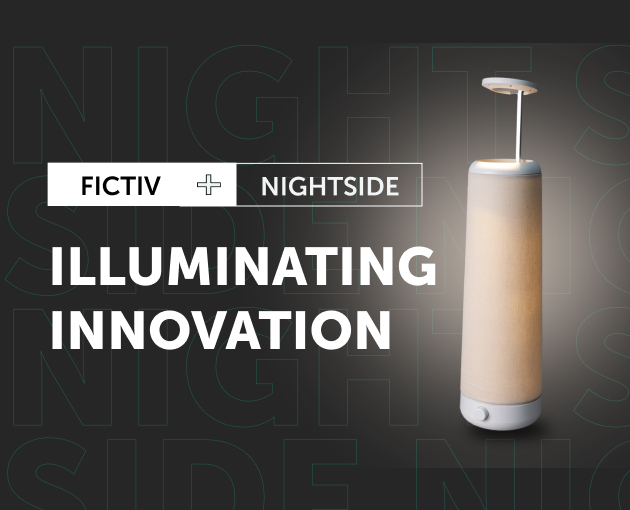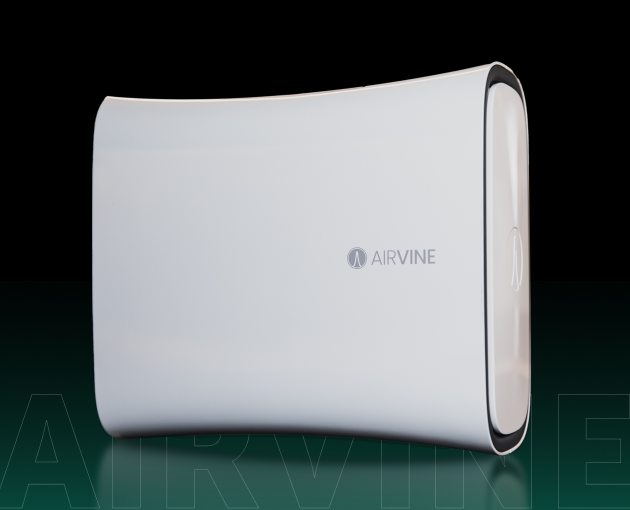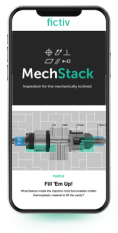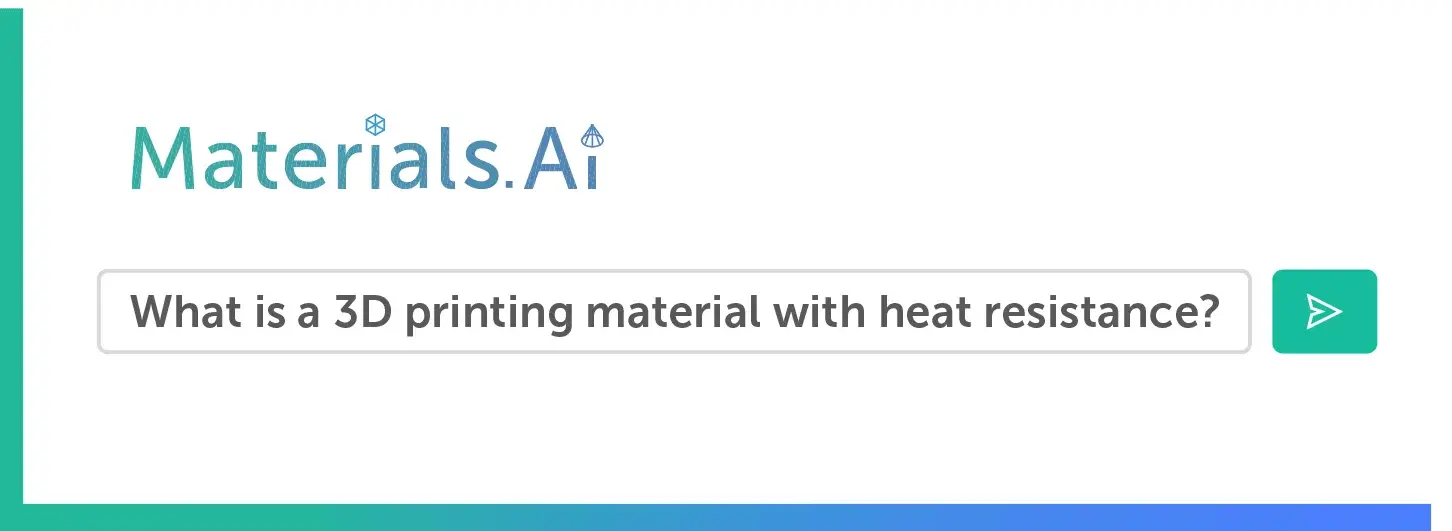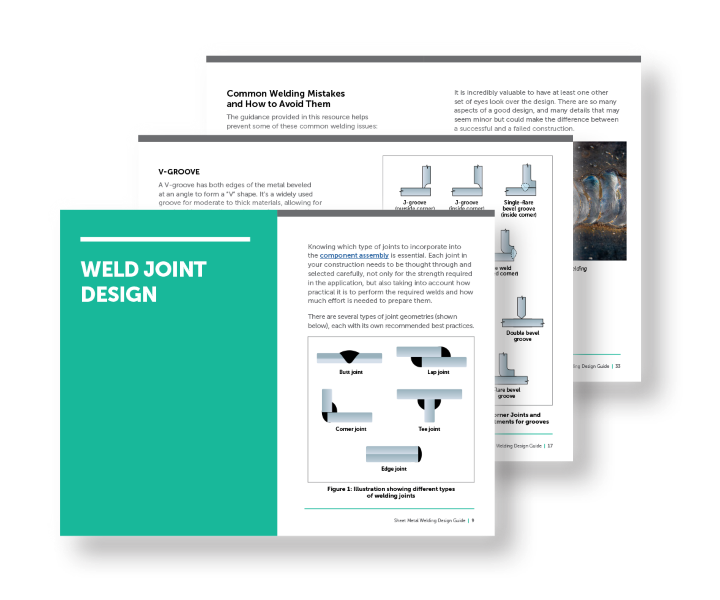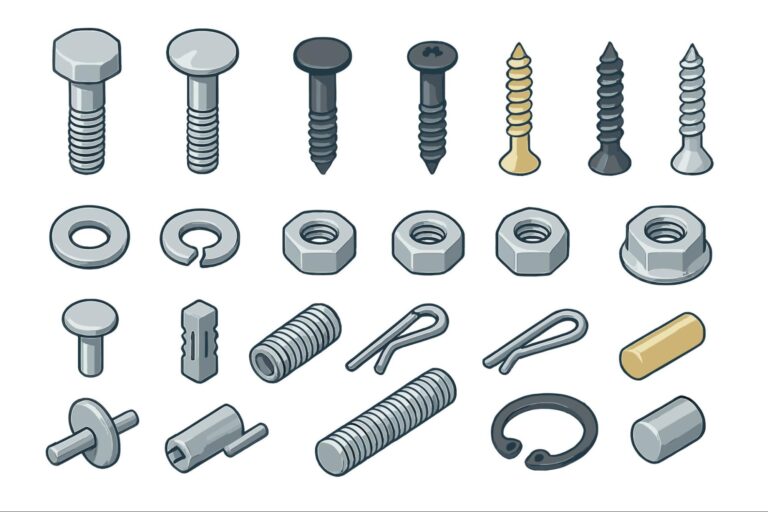Time to read: 6 min
Torlon®, the brand name for polyamide-imide (PAI), is an ultra-high-performance thermoplastic known for its exceptional mechanical strength, thermal stability, and chemical resistance.
It has the highest strength and thermal resistance of any melt-processable plastic, with continuous use temperatures up to 260°C. Torlon is often used in extreme conditions, such as aerospace, oil & gas, and automotive applications, where metals or lower-grade plastics can fail due to heat, friction, or load.
Read on to learn more about Torlon’s material properties, grades, advantages, limitations, and industry applications, as well as its differences from other high-performance plastics.
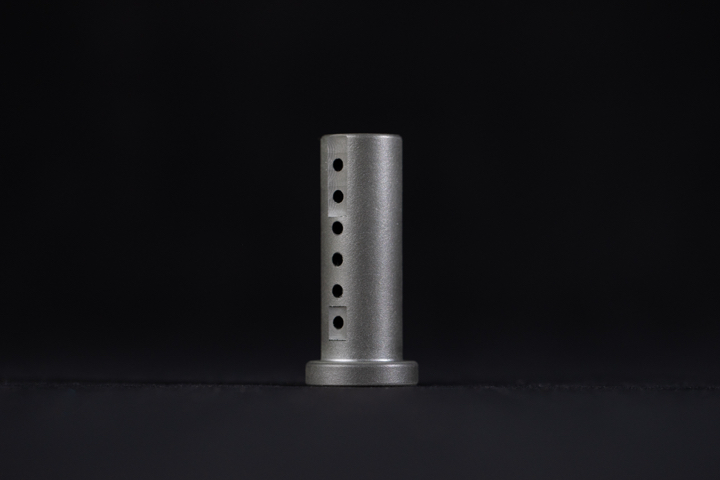
Material Properties of Torlon
Torlon is known for its exceptional properties and can outperform other high-performance thermoplastics such as Ultem or PEEK. The following property values account for an unfilled grade (such as 4203) at the low end of the range, and 30% glass or fiber-filled grades at the upper end of the range.
Mechanical Performance
The tensile strength of Torlon can range from 150 to 220 MPa. Its flexural modulus at room temperature is 4–11 GPa. Torlon resists significant creep under prolonged stress, tolerating loads over 104 MPa for more than 1,000 hours at room temperature. However, at temperatures above 200°C, long-term stress should be limited to below 30 MPa to maintain dimensional stability.
If the service environment requires creep resistance at relatively high temperatures, then a Torlon reinforced with glass fibers may be necessary. Filled Torlon will also increase the strength and modulus.
Thermal Properties
PAI is one of the most heat-resistant plastics. It maintains its mechanical strength better than Ultem or PEEK and can operate in temperatures up to 260°C for extended periods. PAI also has a heat deflection temperature of 280°C, which is the temperature at which a polymer deforms under a specific load. PAI also has a low thermal conductivity of 0.26–0.80 W/mK.
Chemical Resistance
PAI has excellent resistance to chemicals and remains unaffected by aliphatic, aromatic, chlorinated, and fluorinated hydrocarbons, as well as most acids, even at low temperatures. It is, however, susceptible to damage by saturated steam, strong bases, and some high-temperature acids.
Dimensional Stability
PAI benefits from high-dimensional stability due to its low coefficient of linear thermal expansion, which ranges from 9 to 31 µm/m/°C for grades 7130 and 4203, respectively. This low coefficient of thermal expansion enables PAI to maintain tighter tolerances, resulting in better adhesion to metallic substrates with reduced residual stress in the adhesive. As a result, it is used as reticle pins, chamber probes, and threaded inserts in semiconductors.
Key Mechanical and Thermal Properties of Torlon (PAI)
| Property | Value Range | Notes |
|---|---|---|
| Tensile Strength | 150–220 MPa | Filled grades are stronger |
| Flexural Modulus | 4–11 GPa | Depends on filler |
| Max Continuous Use Temp | 260°C | Higher than PEEK or Ultem |
| Heat Deflection Temperature (HDT) | 280°C | With standard load |
| Coefficient of Thermal Expansion (CTE) | 9–31 µm/m/°C | Grade-dependent |
Common Grades of Torlon and How They Compare
Different grades of PAI are produced by adding materials such as glass or carbon fibers to increase the strength and dimensional stability, or PTFE or graphite powders to increase the wear resistance and lubricity. Several grades of PAI are manufactured for different purposes, which can be mainly split into “high strength” and “high wear resistance” types. Below are some common grades of Torlon:
Torlon 4203
Grade 4203 is a general-purpose grade with excellent impact resistance (142 J/m) and the lowest thermal conductivity (0.26 W/mK) among the Torlon grades. Its strength at high temperature and wear resistance can be exploited in thrust washers, valve seats, and wear rings.
Torlon 4301
Grade 4301 contains Polytetrafluoroethylene (PTFE) and graphite, which increase its wear resistance and lower its coefficient of friction. This is why it is used in applications such as non-lubricated bearings.
Torlon 5530
Grade 5530 is filled with 30% glass fiber, which gives it high strength and stiffness, even at elevated temperatures. This grade exhibits low creep and is used in burn-in sockets, impellers, terminal strips, and insulators.
Torlon 4203 vs. 4301 vs. 5530
| Property | Torlon 4203 | Torlon 4301 | Torlon 5530 |
| Tensile Strength (MPa) | 152 | 113 | 221 |
| Yield Strength (MPa) | ~145 | ~110 | ~210 |
| Flexural Modulus (GPa) | 4.1 | 6.2 | 10.3-10.7 |
| Filler | None | PTFE & Graphite | 30% Glass |
| Wear Resistance | Medium | High | High |
| Coefficient of Friction | ~0.35 | ~0.20 | ~0.35 |
Advantages of Torlon
PAI has several advantages compared to other ultra-high-performance polymers.
- Maintains exceptional mechanical strength even at high temperatures
- Excellent wear and abrasion resistance, as well as superior chemical resistance
- Can operate in the most harsh environments, maintaining high dimensional stability
- Superior resistance to gamma radiation, with only 5% loss in tensile strength after exposure to 109 rads. This allows Torlon to be used in aerospace and semiconductor parts.
Torlon Limitations and Design Trade-Offs
Torlon comes at a higher cost than other high-performance thermoplastics. Torlon is also hygroscopic, meaning it absorbs moisture from the air. For this reason, it needs to be dried properly before being injection molded.
Machining PAI is also a challenge, due to its exceptional hardness and heat-sensitivity. Sharp tooling, such as diamond and carbide tip tools, and the use of coolant can be required. For best results, be sure to use a CNC machining service that has the proper expertise and capabilities.
Industry Applications of Torlon Parts
Due to its cost, PAI is typically only used in harsh operating environments, including high temperatures and corrosive applications, such as the following:
Aerospace
PAI’s high temperature resistance makes it useful for bushings in aerospace engines. Its high wear resistance allows it to be used in bearings, while its chemical resistance makes it suitable for seals that are in contact with jet fuel or de-icing fluids.
Oil & Gas
PAI’s wear and corrosion resistance allow it to be used in the harshest environments in the oil & gas industry. Its high-dimensional accuracy means it can be used for compressor rings and valve seats in pumps used midstream in oil extraction.
Electronics
Thanks to its low level of outgassing, this material is valuable for quality testing of semiconductor parts, where tests are conducted in a vacuum, and interference must be avoided. PAI is also used for insulation in electronics due to its very low electrical conductivity.
Industrial
In industrial applications, this material is utilized for highly loaded gears due to its strength, stiffness, dimensional accuracy, and wear resistance. The wear resistance of Grade 4301 is well-suited for use in wear pads.
How Torlon Compares to Other High-Performance Plastics
Torlon 4203, PEEK, Ultem, and Vespel are all high-performance thermoplastics that are used in demanding applications. All three can be manufactured using machining, molding, or additive manufacturing techniques. Since all four plastics are so similar, it is good to compare them to understand which might be best for a chosen application.
Torlon vs. PEEK vs. Ultem vs. Vespel
| Property | Torlon 4203 | PEEK | Ultem | Vespel |
| Maximum Use Temperature (°C) | 260 | 250 | 170 | 300 |
| Tensile Strength (MPa) | 152 | 116 | 105 | ~85 |
| Wear Resistance | Exceptional | Excellent | Good | Exceptional |
| Chemical Resistance | Very Good | Excellent | Good | Good |
| Machinability | Difficult | Moderate | Easier | Moderate to Difficult |
| Cost | High | High | Moderate | Very High |
Torlon is best reserved for high-stress applications, as it is costly. Other materials can be used, such as Vespel for high temperature, Ultem for machinability, and PEEK for chemical resistance.
Design and Processing Considerations With Torlon
Processing PAI requires more planning and attention to process details than other plastics due to its sensitivity to heat, moisture, and mechanical stress. Choosing the right grade is also crucial, as the additives in each grade vary in many of their properties.
Machining Tips
When machining PAI, it is important to use carbide or diamond cutting tools. High-speed steel can work for lower wear resistance grades but will blunt quickly, as PAI is highly abrasive. When cutting, heat can build up due to friction. Use a fluid coolant to dissipate heat, prevent wear from abrasive fillers, improve surface finish, and prevent re-cutting the buildup of PAI chips. Anneal the PAI after machining to relieve internal stresses. The annealing process for PAI after machining takes anywhere between 6-13 days, which adds considerable time to the process. For wear and chemical-resistant grades of PAI, a post-machining cure is recommended.
Moisture Handling
Dry Torlon to a water content of below 500 ppm before injection molding. PAI also releases water during post-curing, which needs to be removed as it can cause blistering and result in a brittle part. Drying of PAI can be achieved by using a desiccant dryer.
Tolerancing
To achieve the very tight tolerances that Torlon is capable of, the resin needs to be dried before injection molding and during post-curing. Any machined part will require the long annealing process to ensure dimensional stability.
Injection Molding Notes
It is important to have a fast injection molding timing as PAI is reactive, and so any slowing of the flow will lead to increased reactions and increased viscosity. Ensure that thick cross sections flow into thin cross sections, rather than the other way around, to prevent the entrapment of air pockets. This prevents early freeze-off where the resin sets in the thin section and stops jetting into thick sections, which creates a poor surface finish.
Manufacturing Torlon Parts for Demanding Applications
Torlon can outperform other plastics in terms of tensile strength, flexural modulus, operating temperatures, chemical resistance, creep resistance, and dimensional stability. These benefits are most advantageous to extreme applications in the aerospace industry, oil and gas exploration, and semiconductor quality control tests for electronic assemblies. If the application does not need the high performance of Torlon, then it may be better to use another, more cost-effective, and processing-friendly high-performance plastic.
Need components that demand extreme strength, wear resistance, and thermal stability? Fictiv’s network of global manufacturing teams can help you bring your designs to life with the best material choice for your application.
Get an instant quote on our digital manufacturing platform to start your project today.
